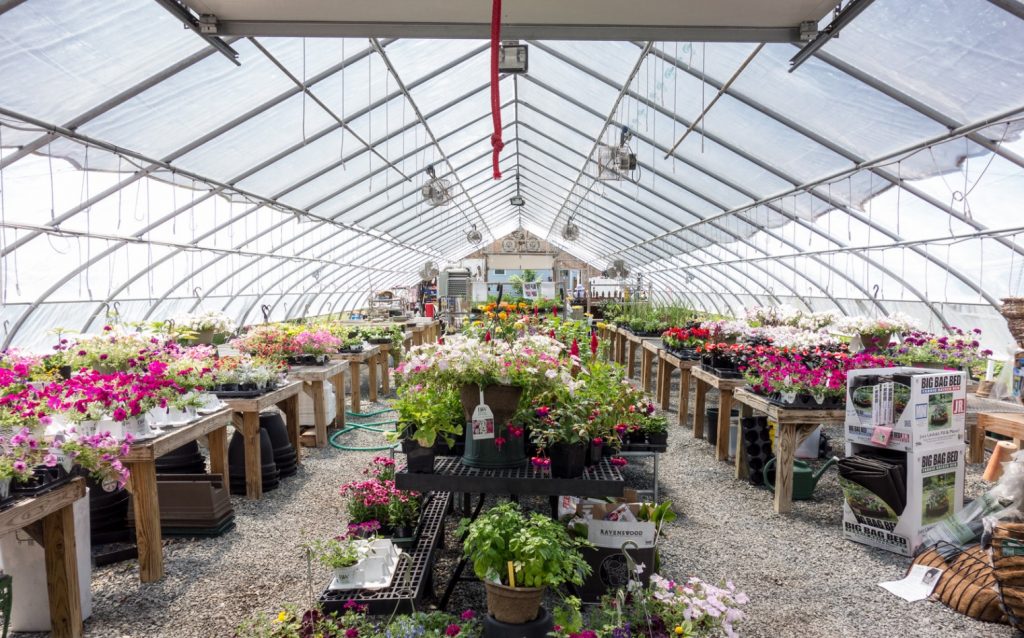Greenhouses and dairy farms can use renewable energy sources more efficiently, according to studies
2 min read
Colorado Department of Agriculture collaborated with National Renewable Energy Laboratory of the US Department of Energy and Colorado Energy Office to research strategies to improve energy efficiency in the agricultural settings. The two projects, led by NREL’s Joint Institute for Strategic Energy Analysis, look at how anaerobic digestion and solar energy can be used as alternatives to conventional energy generation.
“As the effects of human-caused climate change worsen, it’s critical that we look for new ways to lower energy costs in food systems, decrease emissions, boost agricultural food production in areas with limited access to the grid electricity, and enhance the food resilience and security,” stated Liz Weber, who works at an analyst and project manager at NREL. “These two studies provide insight into how to apply emerging innovation for power production and the energy storage on fields and in the greenhouses to improve sustainability and renewable energy use.”
The first research looked into how greenhouses may help with energy effectiveness in the CEA (controlled environment agriculture), which is notoriously energy-intensive. The majority of such energy demand is currently met by fossil fuels. Greenhouses are essential for agricultural success in the arctic, arid, and urban environments because they enable precise management of water and nutrient cycles, provide protection from pests and harsh weather, and increase crop output. Finding measures to enhance dependency on the sustainable and renewable energy is going to ensure that greenhouse energy sources are more stable, reliable, and robust.
“There really is no one-size-suitable-all solution for greenhouses,” said Gail Mosey, the study’s lead researcher from the NREL. “However, the appropriate blend of non-technical and technical heat and power production could enhance the sustainability and adaptability in the face of the climate change and evolving sector,” she added.
The second research looked at how anaerobic digestion, which happens when certain microorganisms break down the organic matter in lack of oxygen to generate biogas, can be utilized in agricultural power operations. Researchers looked at how current dairy farms may generate energy from the animal manure to enhance water and air quality while lowering greenhouse gas emissions to create the case study.
“Through our research, we discovered that the anaerobic digester structure at Aurora Organic Dairy could generate enough energy to satisfy all of the farm’s electricity demands as well as export up to 2 megawatts back to the grid, generating enough energy to heat roughly 216,000 gallons of water for every day,” stated Darlene Steward, who works at the National Renewable Energy Laboratory as a study’s lead researcher. “Moreover, if dairies utilize their homegrown renewable natural gas, they can dramatically reduce CO2 emissions from the manure management and fossil fuels while totally meeting, if not exceeding, their milk truck fleet fueling needs.”